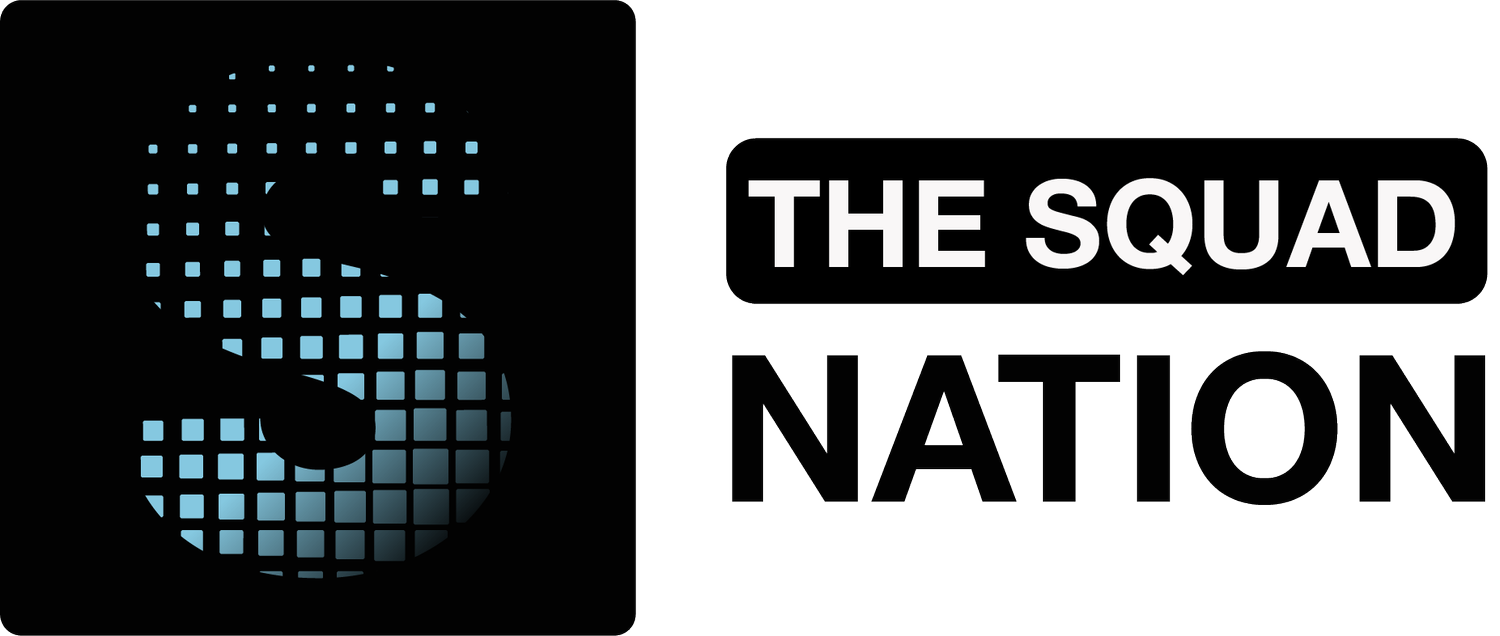Embracing Wellness and Sustainability to Enhance Product Offering
In recent years, the growing awareness and demand for wellness and sustainability have led apparel brands, both large and small, to reevaluate their product offerings and embrace innovative technologies and materials. This shift towards wellness and sustainability is driven by consumer preferences for products that align with their values, as well as a recognition of the long-term benefits of incorporating eco-friendly and health-focused elements into apparel.
Embracing User-Centricity: The Future of Adaptive Apparel Design
Inclusive design principles prioritize the creation of products that can be used by as many people as possible, regardless of their abilities. Applying these principles to adaptive apparel involves considering factors like comfort, ease of use, adjustability, and versatility. For example, incorporating features like magnetic closures, adjustable waistbands, or sensory-friendly fabrics allows individuals to easily put on and take off garments, while also addressing their specific requirements.
The Tech Race to Back Up Fashion's Green Claims
AI is revolutionizing the design process in the fashion industry, enabling more sustainable practices. AI algorithms can analyze large datasets on consumer preferences, market trends, and sustainability metrics to generate designs that are both stylish and eco-friendly. This technology helps reduce waste by optimizing material usage and streamlining the production process. AI-powered virtual prototyping and digital sampling also minimize the need for physical samples, further reducing waste and resource consumption.
The Future of Fashion: Seamlessly Integrating AI-Generated Models with Human Models
Over the past few years, AI-generated models have become a prominent trend in the fashion industry. These virtual models, generated through advanced algorithms and computer graphics, offer brands a range of benefits. They provide a new level of flexibility and creativity, allowing brands to experiment with diverse body types, ethnicities, and styles. AI-generated models also offer cost-effective solutions for fashion campaigns, as they eliminate the need for physical photoshoots and the associated expenses.
Human models bring authenticity, emotions, and unique personalities to fashion campaigns.
3D Size Standards and Their Impact to Apparel Brands
The fashion industry has been notoriously slow to adopt sustainable practices, but one area where sustainable innovation is beginning to take hold is in 3D size standards. By using 3D scanning and virtual fitting technologies, brands can create more accurate size standards, reducing waste and improving the customer experience. In this blog post, we will explore how 3D size standards impact sustainability, brand messaging, and the bottom line for apparel brands.
Fibers and Fabrics of the Future
The world of textiles is constantly evolving, with new fibers and fabrics emerging all the time. From sustainable and eco-friendly options to high-tech textiles that can sense and react to the environment, the future of fibers and fabrics is exciting and full of potential.
Here are some of the fibers and fabrics of the future that we can expect to see more of in the years to come:
Balancing your Brand to Meet Consumer Needs in a Hybrid Lifestyle
Balancing your Brand to Meet Consumer Needs in a Hybrid Lifestyle
The Importance of Fit Testing in Comparison to User Testing
We always say, if a product doesn’t fit the body, it won’t be worn, no matter how cute the design. It ultimately plays in your subconscious when picking what to wear. As creatures of comfort, we will ultimately seek comfortable apparel and wearables.
Embracing External Design and Development Firms -vs - Preferring to Keep Functions in House
In contrast, the apparel industry is rapidly accelerating in its adoption of new technologies and best practices from other industries. While outsourcing product development can be a best practice, a resource many other industries have successfully utilized, apparel brands still have a slow acceptance rate of this best practice. Why?
Working with an External Design and Development Company Within the Apparel Industry
Working with an external design and development company can be a great way to expand your business and access new ideas and expertise. Defining your goals and expectations for a project before you start working with an external design and development company is important. This can include things like timelines, budget, and desired outcomes. Are you looking for help with product design, prototyping, manufacturing, or all the above?











